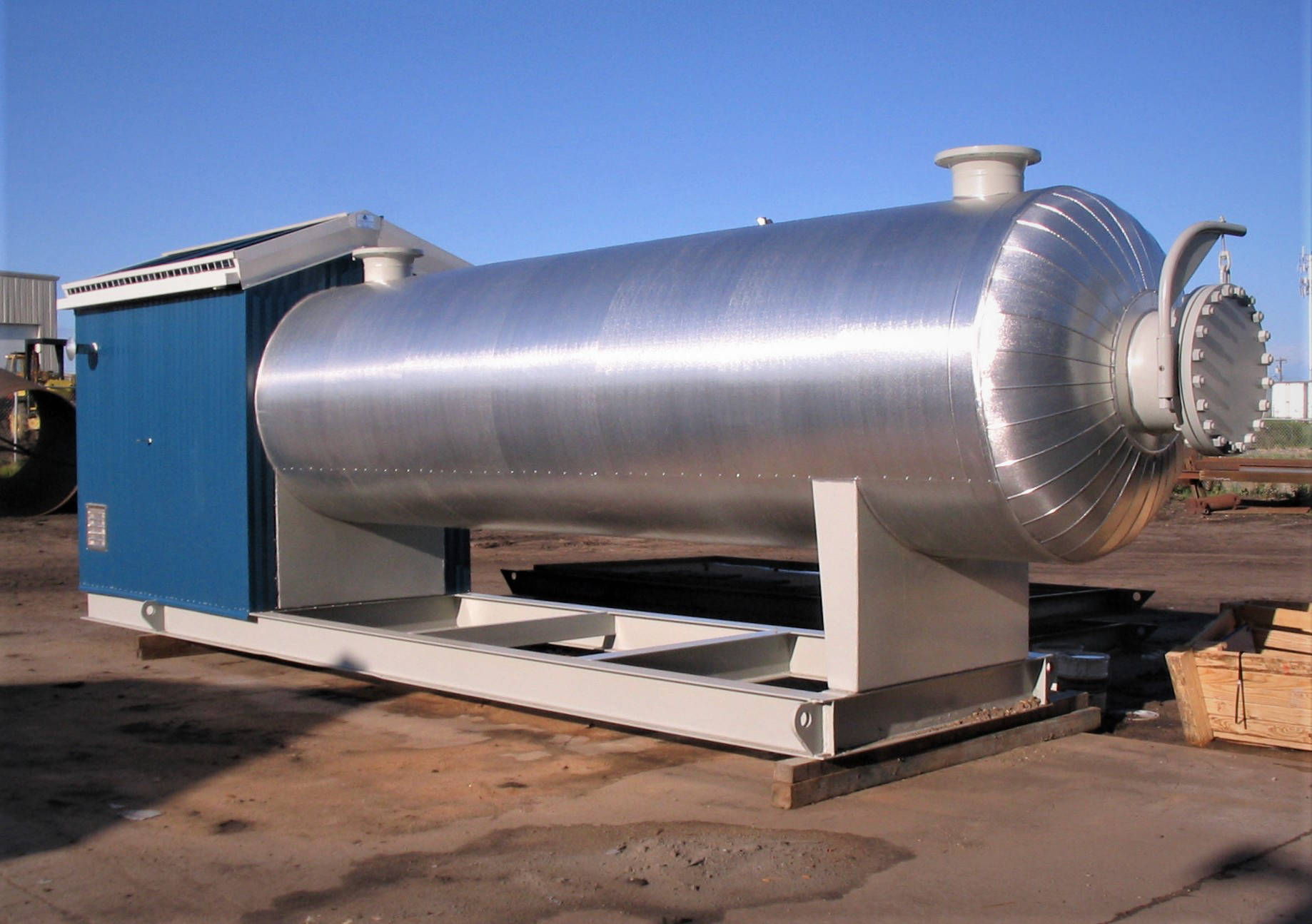Case Study: RVI Technology Reduces Risk, Duration & Cost of Mandatory Flare Knockout Drum Inspection

Inspector safety has long been an issue within the oil & gas field. With multiple assets requiring regular mandatory inspections, industry interest in removing the human element of confined space entry is high.
The following looks at an example of how the company carried out a virtual visual inspection of a flare knockout drum on an offshore platform in the North Sea.
The Asset: North Sea Oil Platform Flare Knock Out Drum
Large-scale producer, Statoil, was interested to discover if and how a remote inspection could upgrade the mandatory inspection process of a flare knock out drum located on one of its North Sea platforms. Historically, this five-yearly task was performed by a human inspection and the client was keen to compare the data from this inspection with that achieved remotely.
To prepare for a traditional inspection, the asset needed to be blinded and cleaned, and interior scaffolding needed to be erected for the inspector to safely access all the internal areas.
The Challenges: Non-Invasive Inspection Via Small Access Cover
Flare knock out drums (often called flare/vent scrubbers) present particular inspection challenges. They have a complex internal geometry, including heating lines, nozzles, welds and separators, all of which require close-up observation during an inspection.
A full Non-invasive inspection was required to ensure that the internal structures were intact, that the bottom coating was in place and that there were no loose fittings.
The Solution: Advanced Robotic Crawlers
It was determined that a robotic crawler, such as those manufactured by Nexxis, was the correct tool for the job. A crawler robot that’s twinned with 3D simulation software, allows for a complete analysis to be undertaken.
The software is used to create a highly accurate map of the internal geography of the structure. This takes a trained operator a few minutes to achieve. This is loaded into the robot, which is then deployed to enter the structure.
Through our training arm Lab61, two members of personnel were trained to use the software and the crawler platform was rented. Once set up, the platform carried out the inspection in a far shorter timescale than a human inspector. The immediately returned results showed that a remote inspection was more than adequate and that the tank did not need a human entry during the yearly turnaround.
In addition, the visuals returned by the inspection camera were of such high quality that light corrosion was detected. This was confirmed by phased array testing that was carried out externally during the turnaround.
Once the inspection was completed, the client confirmed the following:
- The data returned was of an excellent standard. All the areas (coating, bottom zone, welds, interior geometry) were thoroughly inspected and the data recorded.
- There was no need to open the asset for human entry during the annual turnaround.
- Around 1,500 man-hours were saved.
- HSE was improved, thanks to the removal of confined space entry.
- The data returned was as good or better than that achieved during the previous human entry inspection.
Overall, more than 100,000 USD was saved by carrying out the inspection robotically, rather than in the traditional manner. The client has, therefore, confirmed that all future inspections of this asset will be carried out in this manner.
At Nexxis, we champion the use of such advanced robotic inspection tools to improve safety and reduce costs. Our bespoke approach is tailored to customer needs, meaning that we don’t simply offer the tools to rent, lease or purchase, but we provide the expertise necessary to determine the best equipment for your requirements.
Contact us to find out more about RVI equipment or any of our other inspection products, or request a quote online.
You might also find this useful: From Design to Service & Maintenance: Steps to Preventing Pipeline & Pressure Vessel Failure
